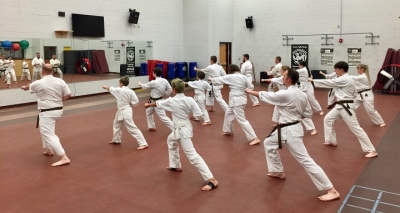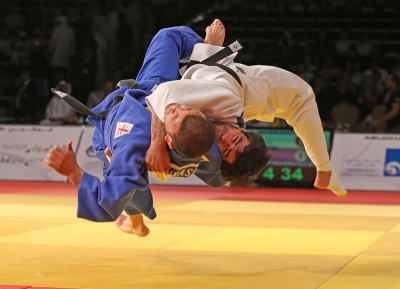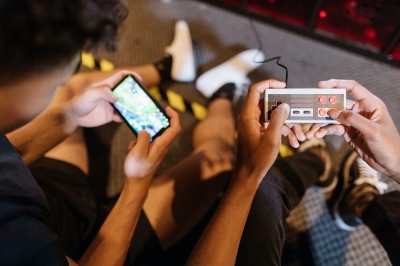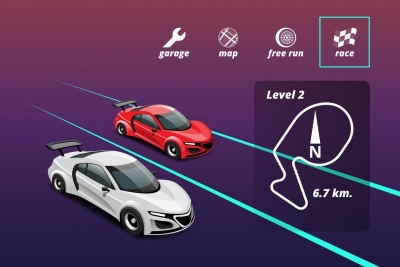Which are the two simple fun games you can play using minimal things?

Balloons Away
As the title suggests, all you will need for this game is a balloon, or two, just in case. Other materials you would require are a paper and a pen. You can play the game with as many or as little people as you like.
Prep work:
Inflate two or more balloons before you start the game and keep the pen and paper handy. Clear out the living room or the room you are going to play the game in so that the balloon doesn't burst. Finally, draw a line or keep an object at one end of the room. This will be the start line.
Game rules:
Draw the lots and decide on the player order. Assign one player as referee. Player one takes the balloon and stands behind the start line. When the referee signals, player one throws the balloon as far as possible with one hand. The place where the balloon first touches the ground is marked and made a note of by the referee and other players. Let the remaining players take turns to do the same. Finally, the player whose balloon travelled the farthest wins a point.
You can play as many rounds as you like. As a thumb rule, ensure that everyone uses the same balloon and the same hand in a round. You can alternate hands for different rounds. You can also modify the game to count the last bounce of the balloon as the final spot instead of the first bounce.
What I feel about you
This game brings you closer to your friends and family. It is best played with as many people as possible. All you would require for the game is a book or two, and plenty of tissues or handkerchiefs to wipe away those tears of happiness and joy.
Prep work
Call up your friends or family members and meet up at a place or set up a video call for a particular date and time. If you are meeting up, one book is enough. If it is a video call, each person must have a book with him or her. Next, write down the names of the participants in chits and keep them with you.
Game rules:
The rules are simple. Sit together forming a circle, or gather up at the online call Decide on who goes first.
If it is a physical meet-up, player one picks up a chit if online, the host can pick a chit for the player and announce it to the group. Player one then opens any page on the book and makes a note of the last word on the page. Player one has to either use this word to describe the player mentioned in the chit or use it in his speech about the player. Players can say something funny, share a memory or just mention their feelings. There's no bar on who says what as long as it is positive.
Similarly, all the players take their turns, opening different pages. If you have time, you could ensure that each person has something to say about all the others in the group.
Picture Credit : Google




